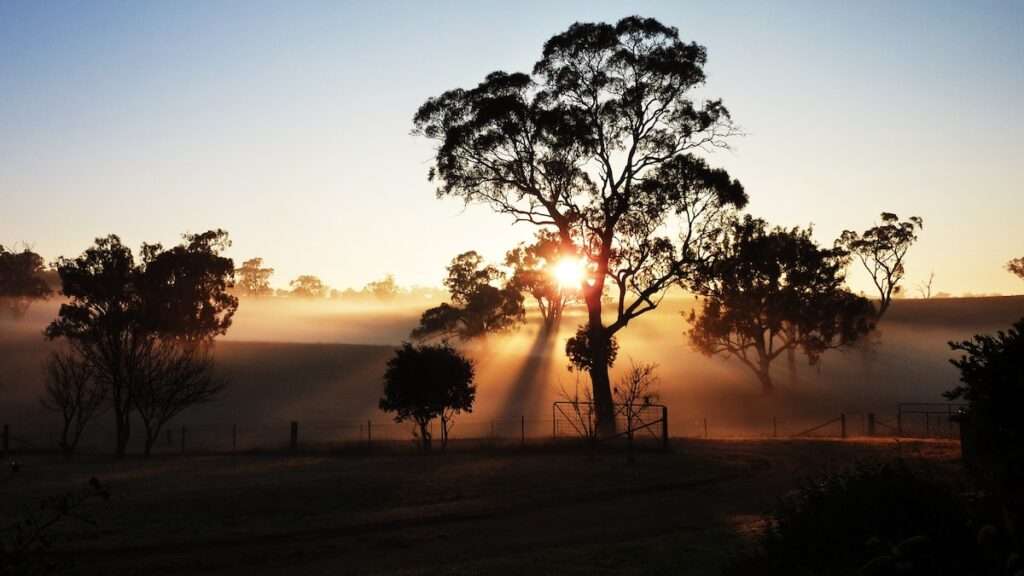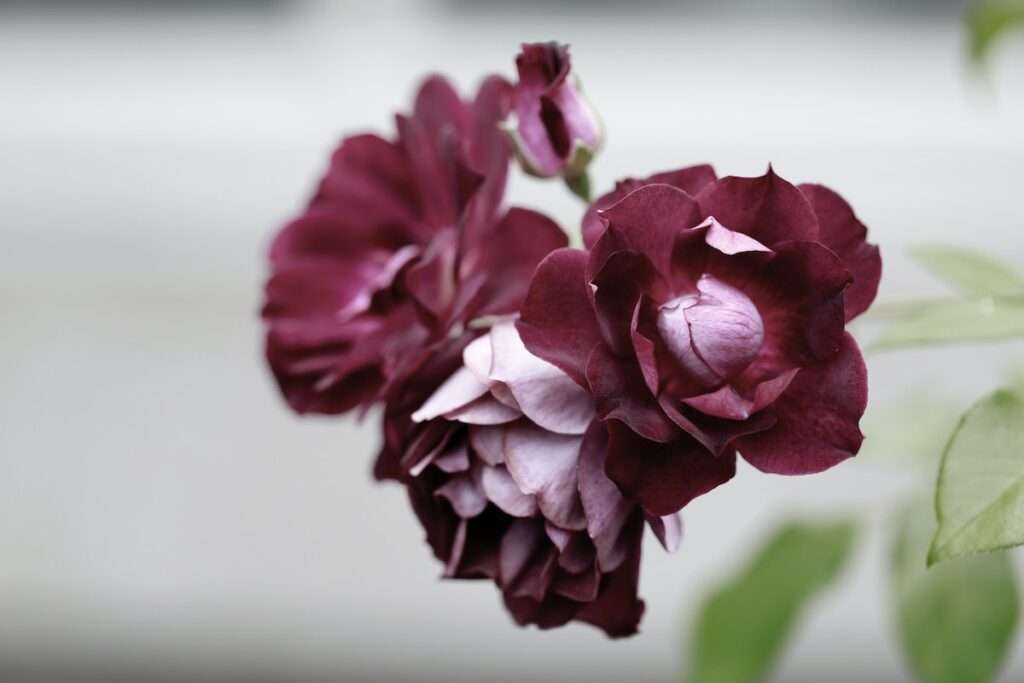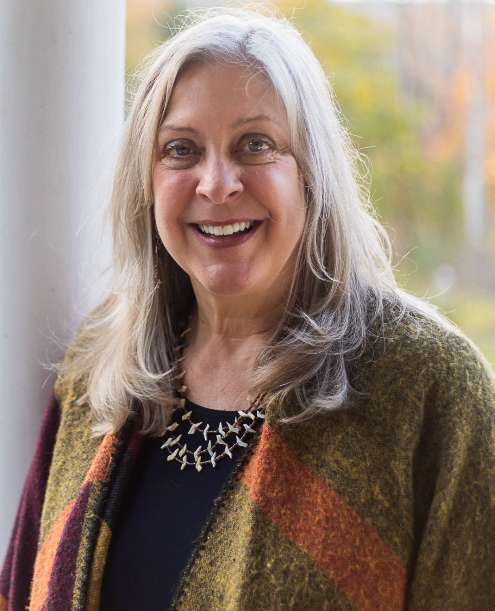By Karen V. Johnson, JD
Sometimes all the hype around the parade of holidays is too much to bear if you have experienced death or loss. Maybe you lost a job, a home, a friend or a loved one. Maybe COVID and the pandemic were just too much to bear. Maybe you are a caregiver or have a child in the throes of addiction. What can you do besides stay inside, self-isolate, and count the hours until it’s over?
I totally get it…I was there.
I lost my twenty-seven-year-old son, Ben, to a heroin overdose. The dark days that followed were filled with ruminations about the past and all that went wrong and projecting the loss of my son into the future. Ruminating is defined as thinking deeply and repetitively, and this repetitive thinking is like deeply digging the same neural pathways in our brains until those pathways are so deeply entrenched it’s hard to remember anything else.
But, we all can change our perspective because our brains are wired that way; they are dynamic. It’s called neuroplasticity, and it is based on how our neural networks operate. The science of neuroplasticity suggests we can rewire the circuits of the brain, and create new, more positive associations with our day-to-day experiences.

Many traditions talk about the practice of beauty as a way of rewiring the brain and halting rumination on negative thoughts. What is this practice? When we are feeling stuck in stagnation and despair, we forget about all the things that used to make us happy: chocolate, flowers, art, sunrises and sunsets, walking or hiking, connecting with nature. All the small things that delighted us, way back before all the loss.
Even though I understood the concept rationally, I had to put it into practice. I knew I was spiralling downward, and as months of inaction passed me by, Ben’s birthday, Death Day, and the holidays were right in front of me again. I knew I needed to take action and pull myself up before another year passed by.
It wasn’t enough to make a mental to-do list; I knew I had to make things happen for the process to work. This meant finding one thing on my list to do EVERY DAY. Oh yes, just as we dug our neural networks of hopelessness and despair by repetition, we also must use repetition to build new neural networks—ones filled with hope and possibility! This took some planning and creativity. Make no mistake, it’s not enough to have the intention to do things differently, you must also exercise your focused attention to make it happen.

In other words, if you want to create new positive associations, rewire your brain, and be open to new possibilities, you gotta get out there and try it! The challenge for me was to begin. Isn’t that always the way? Beginning a diet, an exercise program, or even writing a book is the same—how to get out of stasis and put something in motion. Honestly, just making a mental list of things that brought me joy and happiness seemed too large of a task. How could I possibly do these things with such a heavy heart?
So, I procrastinated and told myself, “Maybe tomorrow” or “Maybe next year.” Just thinking about planning anything gave me a headache. I thought,
“I can’t deal with this right now. I can’t figure out how to approach things differently, and getting creative seems way too hard.”
And yet, I did.
I made my list, and then I wrote “Practice Beauty” on a notecard and stuck it, and my list, on my refrigerator door. No more avoiding! Every time I got something from the fridge, I was reminded. I can’t say that it happened easily for me. There were many days in the beginning when I read the notecard on my fridge, and thought, not today. But after a week or so of looking at the card, closing the door and walking away, one day I decided that today was The Day and I chose one thing from my list. I decided to watch the sunset.
For me, this process led me from darkness and despair into a lighter way of being. It became a challenge, like working out. Day by day, I found myself feeling the slightest bit better, and so I found the courage to continue, to find peace and, yes, even joy. I still miss my son, and I miss all the things that we might have experienced together. And yet, I know that as my steps are lighter, he is looking down on me with great love and encouragement. And finding that your own steps are lighter is my wish for you.
Karen V. Johnson, JD, is a graduate of Georgetown Law Center (J.D.), a former Fulbright Scholar in Afghanistan, and holds Masters Degrees in Public Health and Public and International Affairs (MPH, MPIA). Karen is a retired federal administrative law judge who practiced criminal and energy law for more than 30 years. She also is a former U.S. Army officer, Major, USAR (inactive). Karen was personally trained by Alberto Villoldo, and is faculty at the Four Winds Society and a Master Practitioner of Energy Medicine. Living Grieving: Using Energy Medicine to Alchemize Grief and Loss (Hay House), is her first book. Visit her at karenjohnson.net.



